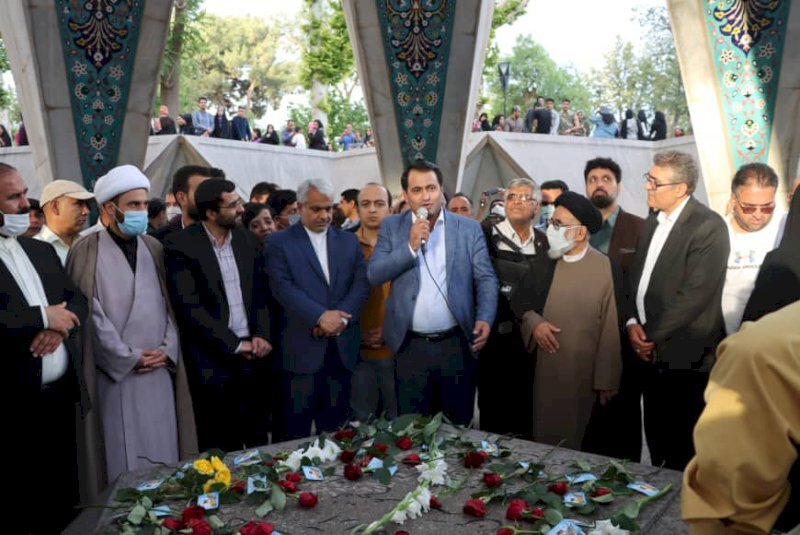Neyshabur potential destination for intl. sightseers, Tajik tourism official says

TEHRAN – The ancient Iranian city of Neyshabur holds considerable potential to become a destination for international sightseers, a Tajik tourism official has said.
“Neyshabur can be a travel destination for foreign tourists,” Habibullah Amirbeikzadeh, the deputy chairman of the Tajik Tourism Development Committee said on Wednesday.
He made the remarks during a visit to the mausoleum of scientist-poet Omar Khayyam, which is located in the northeastern city.
“The people of Tajikistan love Iranians wholeheartedly, and we are proud to speak Persian as well,” the official explained.
“Neyshabur can be a travel destination for foreign tourists to make their journey more memorable.”
Situated in a well-manicured garden, the mausoleum is where the 12th-century Persian polymath, mathematician, astronomer, historian, philosopher, and poet is laid to rest.
In ancient times, Neyshabur was home to many great men of science, art, and culture and today it hosts tourists who go to visit the relics of that period.
Situated some 70 km west of Mashhad, Neyshabur was founded around the third century CE. Narratives say the town derived its name from its alleged founder, the Sasanian king Shapur I.
It grew to prominence in the eighth century and was ruined by invasions and earthquakes in the thirteenth century. After that time, a much smaller settlement was established just north of the ancient town, and the once-bustling metropolis lay underground—until a team of excavators from the Metropolitan Museum arrived in the mid-twentieth century.
The ancient city underwent rounds of excavation as of 1935 by experts from the Department of Near Eastern Art at The Metropolitan Museum of Art. According to the Metropolitan Museum of Art, its affiliated archaeologists worked at Neyshabur between 1935 and 1940, returning for a final season in the winter of 1947–48.
The excavators had been drawn to the city due to its fame in the medieval period as a regional capital and it was home to many religious scholars. It was also known as an economic center.
Neyshabur was once situated on the famed Silk Roads, which ran from China to the Mediterranean Sea, crossing Central Asia, Iran, Iraq, Syria, and Turkey along the way.
AFM
Leave a Comment